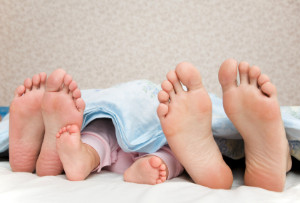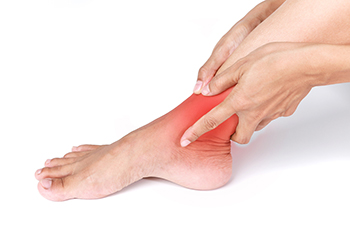Schedule your foot and ankle podiatry appointment now!
Please feel free to call us at (954) 455-9404 with any questions you have or to schedule an appointment for your foot or ankle problems. You can also make an appointment online now by clicking here. We hope you'll find our foot doctor practice in Hallandale Beach, FL offers the accessibility and personal commitment you look for from a podiatric physician.
Our podiatry practice operates from a single location at 404 North Federal Highway, Hallandale Beach, FL 33009.
We proudly serve patients from Hallandale Beach and the surrounding areas, including Miami-Dade and Broward counties, with cities such as Hallandale Beach, Hollywood, Fort Lauderdale, Aventura, North Miami, Miami, Miami Beach, Miami Lakes, Sunny Isles Beach, Coral Gables, Surfside, Bal Harbour, Plantation, Cooper City, Weston.











